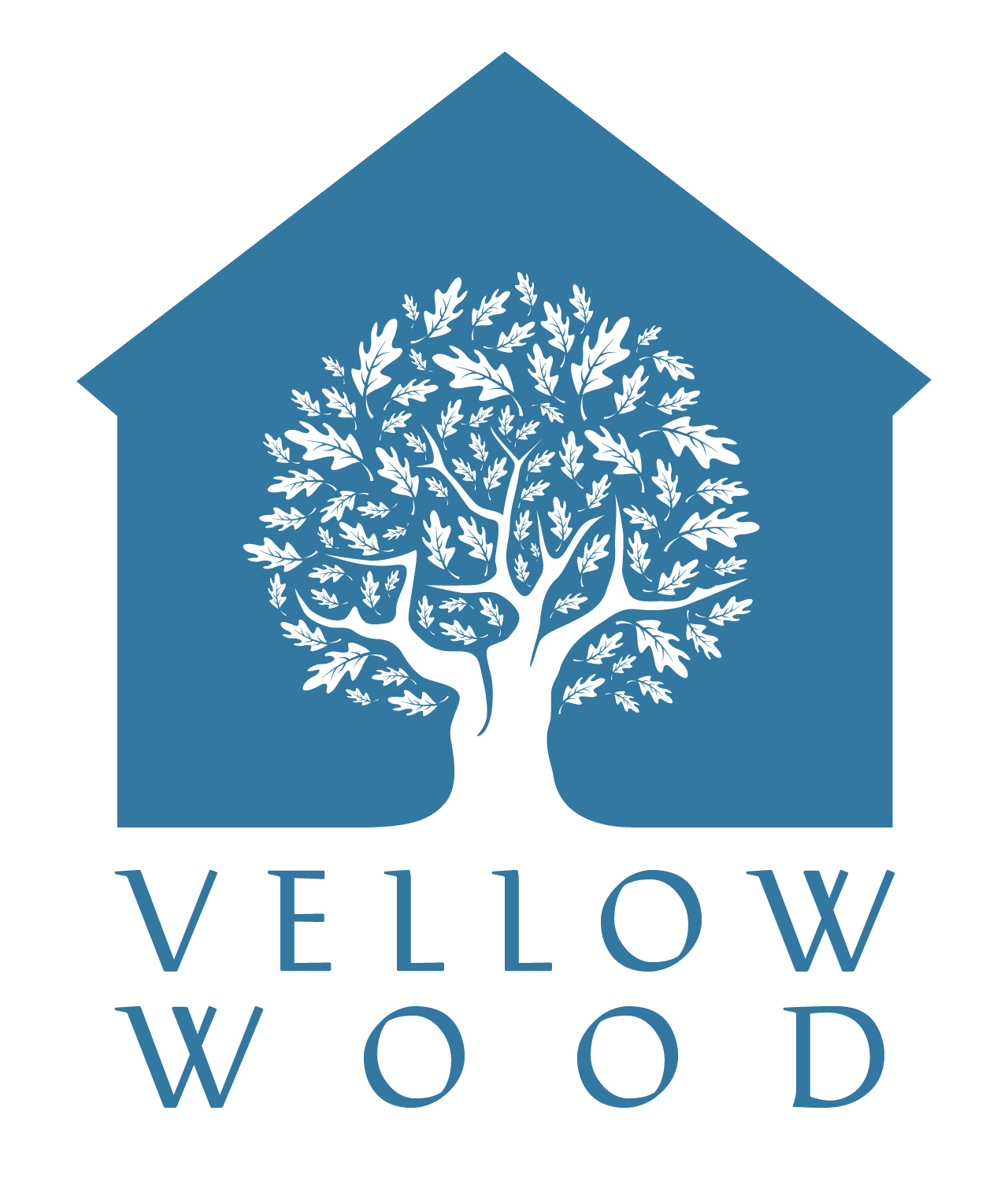The Importance of Meaning In Design
This is the universal symbol for dining and food. We know what it means because almost all knives forks and plates look like this. But whilst a knife and fork are shaped the way they are because of how they function - in cutting or picking up food, the plate is something of an anomaly.
A plate could be any shape. Square, or oval; so long as it’s reasonably flat then food can be placed upon it. Some restaurants have been known to serve food on pieces of slate, army mess tins or even dustbin lids. But despite these possibilities, the idea of a plate in our minds is always circular. That’s why the symbol above works.
Why are plates circular? An answer to this is posed by Robert Adam in ‘Tin Gods’, his essay on technology and architecture. Plates were originally round because they were made on a potters’ wheel, a method of making that can only create round items. However in contemporary manufacture plates are not made on a wheel, they are pressed in moulds. So practically we could make a ceramic plate any shape, but we still choose circular ones more often than not.
Adam proposes the reason for this comes from meaning. He coins a word from archaeology: Skeuomorph.
Skeuomorph: An object which retains features of an earlier object serving the same function but in a different material.
Because plates were round for so long, we have an expectation that they should be. It is a symbol in our minds and culture. We expect a plate to look like this. The technology may have moved on, the practical constraints have changed, but the symbol remains the same.
This principal can be seen throughout many areas of design. The Mini or Fiat 500 are new cars created in the early 2000s, but are cast in the symbol of old ones from the 1960s. Their appeal comes from the symbol they evoke.
The people who get this concept most are the London Taxi Company. They know that when you're standing in the street in the rain and want to get somewhere the thing you're looking for is a taxi. Now of course almost any car could be a taxi - and plenty of Ford Mondeos, or minivans are, but London Taxis know that if you're looking for taxi you're looking for this.
A symbol is not merely decoration, it’s function - a social, communicational function.
Some people will call this type of design ‘backward looking’. In a way they are right, but suggesting that it is anachronistic is missing the point. The word anachonist means ‘out of time’. The technology that shaped each of these items may not be part of our time any more, but the symbol definitely still is.
As an architect designing houses I remember that for design to work well it needs not only to fulfill the practical requirements of the brief – keeping the weather out and having the right number of bedrooms – these are important, but it must also communicate the right messages and mean things to people.
At the most simple level, a house should look like a house. Even the monopoly board will tell you what a house looks like – it’s broadly rectangular and has a pitched overhanging roof. If we design houses that look like this they mean home to their owners.
It's entirely possible for a house to look different to this and lose the pitched roof. But when it does, something of the idea of home is lost.
Some meanings are universal, and some are specific to the individual. To one client I worked with the idea of an Aga range cooker was central to communicating the warmth at the centre of the home, because that was what their childhood had looked like.
Writer Geoffrey Baker talks about how the Georgian style in architecture conveys a certain cachet or status to many people. Home design is full of symbols, small and large, subtle and overt.
As Vellow Wood, we want all our designs to be meaningful to people and function well. So we always strive to talk and listen with clients to capture a sense of what is meaningful to them, value their priorities, and create something that means home to them.





